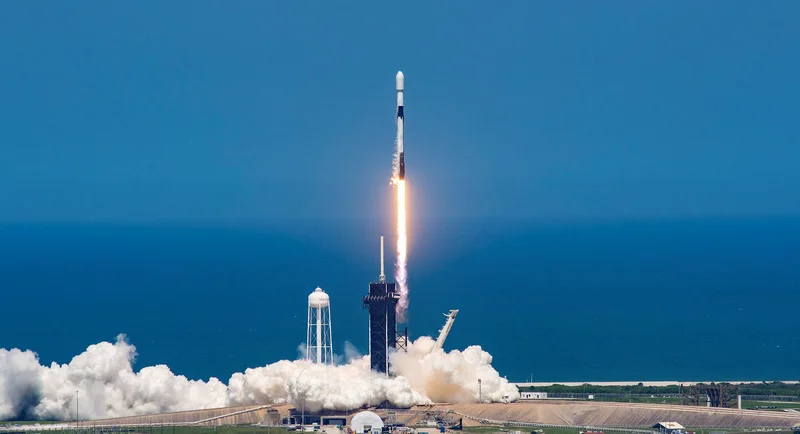SpaceX Launch: Schedule, Falcon 9, and Today's Livestream
SpaceX did it again. Not one, but two Falcon 9 launches in under four hours from Florida's Space Coast. Then, just a day later, another Falcon 9 took off from Vandenberg Space Force Base in California, carrying the Sentinel-6B weather satellite. On the surface, it's another display of SpaceX's launch cadence dominance. But is it really that remarkable? Let's dig into the numbers.
The Launch Cadence Question
Two launches in four hours is fast. But let's put it in context. The first two Florida launches were Starlink missions – the 145th and 146th Falcon 9 flights this year, and over 100 of those dedicated to Starlink. That's a high tempo, no question. But it also raises a question: is this density of launches sustainable, or are we seeing a statistical anomaly? SpaceX launches 2 rockets less than 4 hours apart from Florida's Space Coast (video)
SpaceX is aiming to increase launch frequency from Vandenberg in 2026, alongside the debut of the Falcon Heavy there. Col. James Horne III, commander of Space Launch Delta 30, said they "treat every mission as critical to the national architecture – while ensuring rigorous public safety and scheduling flexibility.” But "rigorous public safety" and "scheduling flexibility" are often at odds with hyper-aggressive launch schedules. Something's gotta give, eventually.
The third launch, carrying the Sentinel-6B satellite, is arguably more significant than the Starlink missions. It's a joint US-European effort to monitor sea levels and atmospheric temperatures, continuing a 30-year data record. Developed by NASA, the satellite will measure sea levels and record of atmospheric temperatures. The spacecraft will take over the work of its predecessor twin satellite, the Sentinel-6 Michael Freilich, which SpaceX propelled to orbit in 2020. That said, even this launch wasn't exactly novel. SpaceX also launched its twin, Sentinel-6A, back in 2020.
Let's talk about booster reusability. The Falcon 9 booster (B1097.3) that launched Sentinel-6B made its third flight. It previously launched two Starlink missions. SpaceX touts reusability as a key cost-saving measure, and it is, but the long-term effects of repeated launches on booster lifespan aren’t fully understood. How many times can a booster realistically fly before requiring major, cost-prohibitive refurbishment? We need more data on that.
And this is the part of the analysis that I find genuinely puzzling. SpaceX benefits from billions in government contracts. This is a fact. But it also creates a dependency. What happens to SpaceX's launch cadence if government priorities shift, or if a competitor offers a cheaper (or politically more palatable) alternative?

FAA Curfew: A Potential Bottleneck?
The Vandenberg launch also highlights a potential constraint: the new FAA curfew restricting commercial launches to between 10 p.m. and 6 a.m. local time. The mandate was meant to ease the strain of the since-ended government shutdown, it still remains in effect under an updated Nov. 12 order from the Federal Aviation Administration. While exemptions are possible, they add complexity and potential delays. This curfew could become a significant bottleneck if SpaceX plans to ramp up Vandenberg launches as projected.
Here's a thought leap: how accurate is the FAA's assessment of the "strain" caused by these launches? Do they have a rigorous, data-driven model, or is it based on anecdotal complaints? The FAA operations plan advisory suggested a backup launch opportunity the next day.
SpaceX's PR emphasizes the company's innovation and disruption. And in many ways, it is accurate, but it is also a classic case of framing. SpaceX didn't invent rocket science (obviously). They optimized existing technology and business models to create a more efficient launch system.
The commercial spaceflight company is headquartered at Starbase in South Texas near the U.S.-Mexico border. The site, which is where SpaceX has been conducting routine flight tests of its 400-foot megarocket known as Starship, was recently voted by residents to become its own city.
Launch Density: Signal or Noise?
SpaceX's launch frequency is undoubtedly impressive. It's a testament to their engineering prowess and operational efficiency. But it's also important to view these achievements with a critical eye. Are these launch bursts truly groundbreaking, or are they simply a consequence of favorable contracts and a temporary window of opportunity? The data suggests the latter.
